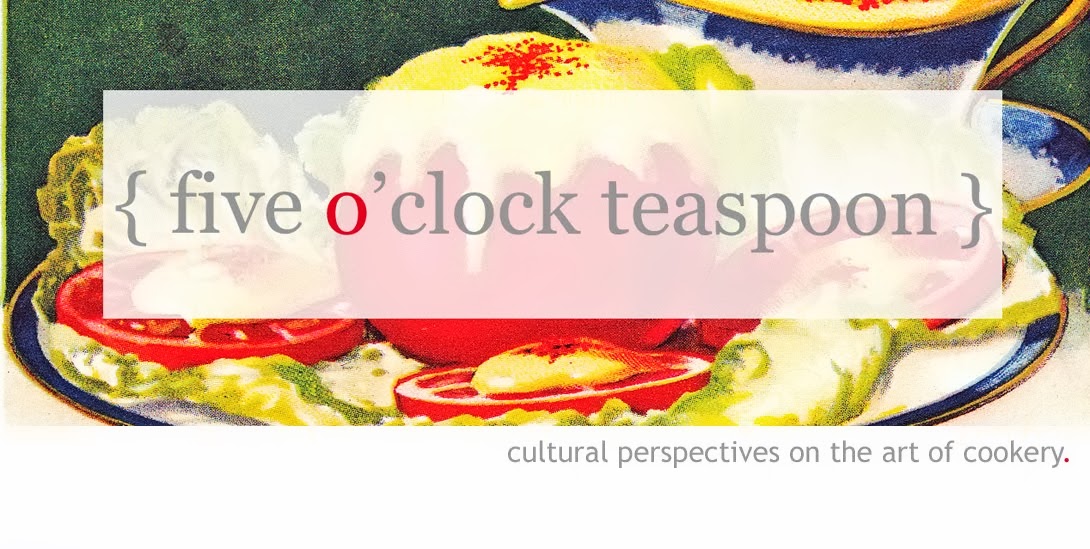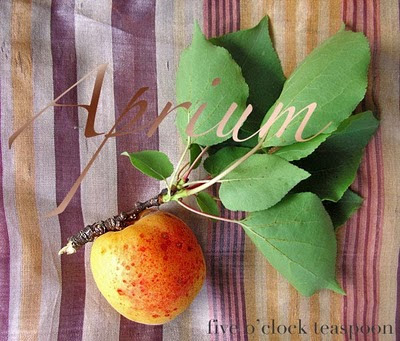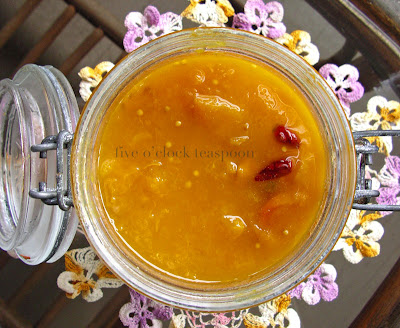
 Speaking of the eponymous John Montagu (1718-92), 4th Earl of Sandwich, credited for his innovative method of staving off hunger at the gambling table, Elizabeth Robins Pennell writes: "A hero indeed is he who left the sandwich as an heirloom to humanity. It truly is the staff of life, a substantial meal for starving traveller or bread-winner; but none the less an incomparable work of art, a joy to the gourmand of fancy and discretion" (33). "The Subtle Sandwich" is one of a collection of essays that appeared under the title The Delights of Delicate Eating in 1896. The writer, Elizabeth Robins Pennell (1855-1936), a Philadelphian émigré to London, was a writer and art critic involved in late 19th century arts circles, who took to culinary writing in magazine columns in the later part of her career. Pennell's writing advocated for creativity in the kitchen; her prose, absent of recipes, instead describes food, cooking, and eating, as one would describe art. Indeed that is how Pennell, the all but forgotten predecessor to food writers such as Elizabeth David and M.F.K Fisher, saw it. A connoisseur and collector of early cookbooks, Pennell's impressive collection is accessible in the archives of the Library of Congress in Washington D.C. It seemed fitting to quote her poetic truths in this post, Part II of Sandwiches. See Part I here. The sandwiches I've included below attempt an expansion on the idea of the humble sandwich, but maintain the traits of ease and portability. As Pennell advocates, "Set your wits to work. Cultivate your artistic instincts. Invent! Create! Many are the men who have painted pictures: few those who have composed a new and perfect sandwich"(38). In her characteristic allusion to possible ingredients, Pennell suggests "...the cool cucumber, fragrant from its garden ground, the unrivalled tomato, the crisp, sharp mustard and cress. Scarce a green thing growing that will not lend itself to the true artist in sandwich-making...And your art may be measured by your success in proving the onion to be the poetic soul of the sandwich, as of the salad bowl. For afternoon tea the dainty green sandwich is the daintiest of them all" (40). The setting was important to Pennell as well, completing the eating experience: "lyrical indeed is the savoury sandwich, well cut and garnished, served on rare faience or old silver..." (36).
Speaking of the eponymous John Montagu (1718-92), 4th Earl of Sandwich, credited for his innovative method of staving off hunger at the gambling table, Elizabeth Robins Pennell writes: "A hero indeed is he who left the sandwich as an heirloom to humanity. It truly is the staff of life, a substantial meal for starving traveller or bread-winner; but none the less an incomparable work of art, a joy to the gourmand of fancy and discretion" (33). "The Subtle Sandwich" is one of a collection of essays that appeared under the title The Delights of Delicate Eating in 1896. The writer, Elizabeth Robins Pennell (1855-1936), a Philadelphian émigré to London, was a writer and art critic involved in late 19th century arts circles, who took to culinary writing in magazine columns in the later part of her career. Pennell's writing advocated for creativity in the kitchen; her prose, absent of recipes, instead describes food, cooking, and eating, as one would describe art. Indeed that is how Pennell, the all but forgotten predecessor to food writers such as Elizabeth David and M.F.K Fisher, saw it. A connoisseur and collector of early cookbooks, Pennell's impressive collection is accessible in the archives of the Library of Congress in Washington D.C. It seemed fitting to quote her poetic truths in this post, Part II of Sandwiches. See Part I here. The sandwiches I've included below attempt an expansion on the idea of the humble sandwich, but maintain the traits of ease and portability. As Pennell advocates, "Set your wits to work. Cultivate your artistic instincts. Invent! Create! Many are the men who have painted pictures: few those who have composed a new and perfect sandwich"(38). In her characteristic allusion to possible ingredients, Pennell suggests "...the cool cucumber, fragrant from its garden ground, the unrivalled tomato, the crisp, sharp mustard and cress. Scarce a green thing growing that will not lend itself to the true artist in sandwich-making...And your art may be measured by your success in proving the onion to be the poetic soul of the sandwich, as of the salad bowl. For afternoon tea the dainty green sandwich is the daintiest of them all" (40). The setting was important to Pennell as well, completing the eating experience: "lyrical indeed is the savoury sandwich, well cut and garnished, served on rare faience or old silver..." (36).
Cottage Cheese Sandwich
For each sandwich you will need:
2 slices of bread
1/2 cup cottage cheese
2 Tbs chopped poblano peppers
1/4 tsp cumin
Grease a griddle or frying pan over medium heat.
Combine last 3 ingredients in a bowl and spread between bread slices.
Place sandwich on hot griddle and cook until golden on both sides.

Grated Carrot/Zucchini Sandwich
For each sandwich you will need:
2 slices of bread
lettuce
mustard
1 medium carrot or 1 small zucchini, grated
1 Tbs mayonnaise, preferably Vegenaise
dash of curry powder
Mix last three ingredients in a bowl.
Toast bread, spread one or both slices with mustard.
Drape one slice of bread with lettuce and top with grated filling.

Note: You may substitute 1/2 cup fresh or frozen corn kernels for the carrot or zucchini.
Fresh or frozen roti (available at Asian grocery stores) is delicious in place of bread.
See photo above.

Herbaceous Sandwich
For each sandwich you will need:
1/2 baguette, slit open and toasted
1/2 cup assorted fresh herbs such as basil, oregano, parsley, chives, tarragon, lovage
2 Tbs cream cheese
tsp olive oil
freshly ground black pepper
mustard, optional
Spread cream cheese and mustard (if using) over each side of toasted baguette.
Gently pile herbs on top, tearing the larger basil leaves into smaller pieces.
Drizzle with olive oil and black pepper.

Rose Petal Sandwich
adapted from The Art of Cooking with Roses (1968) by Jean Gordon
For tea sandwiches you will need:
5-7 slices of high-quality white bread, such as Japanese white bread or brioche
6 oz. cream cheese or butter, softened and whipped with a fork
1 Tbs snipped chives
1/2 cup rose petals
Cut out bread using using a 3" round cookie cutter.
Spread with cream cheese or butter and sprinkle with chives.
Decorate with rose petals radiating from center. Repeat with one or more layers.
Suggested reading:
Pennell, Elizabeth Robins. The Delights of Delicate Eating. Chicago: University of Illinois Press, 2000.
Andrew F. Smith. "Sandwiches," The Oxford Encyclopedia of Food and Drink in America. Ed. Gordon Campbell. Oxford University Press, 2003.
Sandwiches Part I








